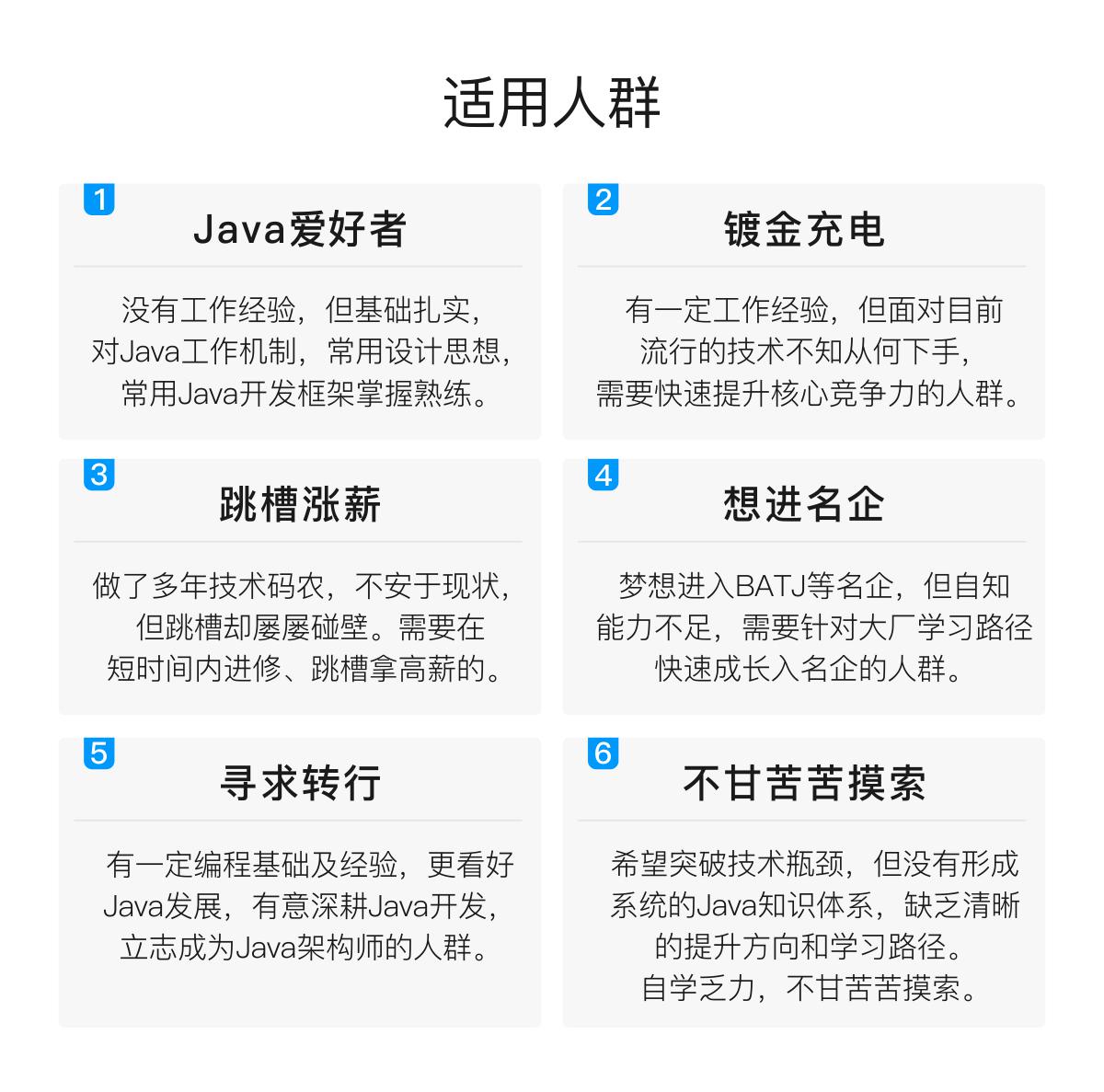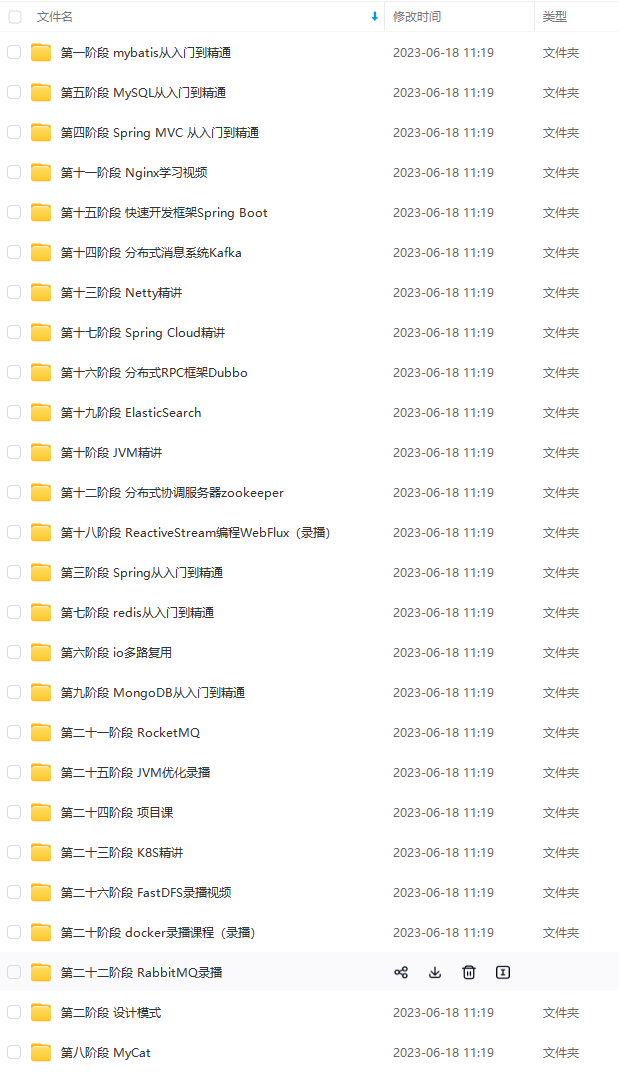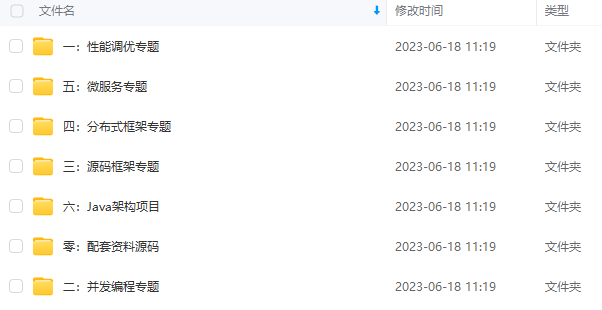|time_zone |SYSTEM |
复制代码
system_time_zone:全局参数,系统时区,在MySQL启动时会检查当前系统的时区并根据系统时区设置全局参数system_time_zone的值。值为CST,与系统时间的时区一致。
time_zone:全局参数,设置每个连接会话的时区,默认为SYSTEM,使用全局参数system_time_zone的值。
检查代码中时区
在单元测试的方法内再添加打印时区的代码:
@Test
public void testDate(){
System.out.println(System.getProperty(“user.timezone”));
User user = new User();
// 省略其他字段
user.setCreateDate(new Date());
userMapper.insertSelective(user);
}
复制代码
打印的时区为:
Asia/Shanghai
复制代码
也就是说Java中使用的是UTC时区进行业务逻辑处理的,也是东八区的时间。
那么问题到底出在哪里呢?
问题基本呈现
经过上述排查,基本上确定是时区的问题。这里,再补充一下上述相关的时区知识点。
UTC时间
UTC时间:世界协调时间(UTC)是世界上不同国家用来调节时钟和时间的主要时间标准,也就是零时区的时间。
UTC, Coordinated Universal Time是一个标准,而不是一个时区。UTC 是一个全球通用的时间标准。全球各地都同意将各自的时间进行同步协调 (coordinated),这也是UTC名字的来源:Universal Coordinated Time。
CST时间
CST时间:中央标准时间。
CST可以代表如下4个不同的时区:
-
Central Standard Time (USA) UT-6:00,美国
-
Central Standard Time (Australia) UT+9:30,澳大利亚
-
China Standard Time UT+8:00,中国
-
Cuba Standard Time UT-4:00,古巴
再次分析
很显然,这里与UTC时间无关,它只是时间标准。目前Mysql中的system_time_zone是CST,而CST可以代表4个不同的时区,那么,Mysql把它当做哪个时区进行处理了呢?
简单推算一下,中国时间是UT+8:00,美国是 UT-6:00,当传入中国时间,直接转换为美国时间(未考虑时区问题),时间便慢了14个小时。
既然知道了问题,那么解决方案也就有了。
解决方案
针对上述问题可通过数据库层面和代码层面进行解决。
方案一:修改数据库时区
既然是Mysql理解错了CST指定的时区,那么就将其设置为正确的。
连接Mysql数据库,设置正确的时区:
[root@xxxxx ~]# mysql -uroot -p
mysql> set global time_zone = ‘+8:00’;
mysql> set time_zone = ‘+8:00’
mysql> flush privileges;
复制代码
再次执行show命令:
show variables like ‘%time_zone%’;
±---------------------------+
|Variable | Value |
±---------------------------+
|system_time_zone |CST |
|time_zone |+08:00 |
复制代码
可以看到时区已经成为东八区的时间了。再次执行单元测试,问题得到解决。
此种方案也可以直接修改MySQL的my.cnf文件进行指定时区。
方案二:修改数据库连接参数
在代码连接数据库时,通过参数指定所使用的时区。
在配置数据库连接的URL后面添加上指定的时区serverTimezone=Asia/Shanghai:
url: jdbc:mysql://xx.xx.xx.xx:3306/db_name?useUnicode=true&characterEncoding=utf8&autoReconnect=true&serverTimezone=Asia/Shanghai
复制代码
再次执行单元测试,问题同样可以得到解决。
问题完了?
经过上述分析与操作,时区的问题已经解决了。问题就这么完事了吗?为什么是这样呢?
为了验证时区问题,在时区错误的数据库中,创建了一个字段,该字段类型为datetime,默认值为CURRENT_TIMESTAMP。
那么,此时插入一条记录,让Mysql自动生成该字段的时间,你猜该字段的时间是什么?中国时间。
神奇不?为什么同样是CST时区,系统自动生成的时间是正确的,而代码插入的时间就有时差问题呢?
到底是Mysql将CST时区理解为美国时间了,还是Mybatis、连接池或驱动程序将其理解为美国时间了?
重头戏开始
为了追查到底是代码中哪里出了问题,先开启Mybatis的debug日志,看看insert时是什么值:
2021-11-25 11:05:28.367 [|1637809527983|] DEBUG 20178 — [ scheduling-1] c.h.s.m.H.listByCondition : ==> Parameters: 2021-11-25 11:05:27(String), 0(Integer), 1(Integer), 2(Integer), 3(Integer), 4(Integer)
复制代码
上面是insert时的参数,也就是说在Mybatis层面时间是没问题的。排除一个。
那是不是连接池或驱动程序的问题?连接池本身来讲跟数据库连接的具体操作关系不大,就直接来排查驱动程序。
Mybatis是xml中定义日期字段类型为TIMESTAMP,扒了一下mysql-connector-Java-8.0.x的源码,发现SqlTimestampValueFactory是用来处理TIMESTAMP类型的。
在SqlTimestampValueFactory的构造方法上打上断点,执行单元测试:

可以明确的看到,Calendar将时区设置为Locale.US,也就是美国时间,时区为CST,offset为-21600000。-21600000单位为毫秒,转化为小时,恰好是“-6:00”,这与北京时间“GMT+08:00”恰好相差14个小时。
于是一路往上最终追溯调用链路,该TimeZone来自NativeServerSession的serverTimeZone,而serverTimeZone的值是由NativeProtocol类的configureTimezone方法设置的。
public void configureTimezone() {
String configuredTimeZoneOnServer = this.serverSession.getServerVariable(“time_zone”);
if (“SYSTEM”.equalsIgnoreCase(configuredTimeZoneOnServer)) {
configuredTimeZoneOnServer = this.serverSession.getServerVariable(“system_time_zone”);
}
String canonicalTimezone = getPropertySet().getStringProperty(PropertyKey.serverTimezone).getValue();
if (configuredTimeZoneOnServer != null) {
// user can override this with driver properties, so don’t detect if that’s the case
if (canonicalTimezone == null || StringUtils.isEmptyOrWhitespaceOnly(canonicalTimezone)) {
try {
canonicalTimezone = TimeUtil.getCanonicalTimezone(configuredTimeZoneOnServer, getExceptionInterceptor());
} catch (IllegalArgumentException iae) {
throw ExceptionFactory.createException(WrongArgumentException.class, iae.getMessage(), getExceptionInterceptor());
}
}
}
if (canonicalTimezone != null && canonicalTimezone.length() > 0) {
// 此处设置TimeZone
this.serverSession.setServerTimeZone(TimeZone.getTimeZone(canonicalTimezone));
if (!canonicalTimezone.equalsIgnoreCase(“GMT”) && this.serverSession.getServerTimeZone().getID().equals(“GMT”)) {
throw ExceptionFactory.createException(WrongArgumentException.class, Messages.getString(“Connection.9”, new Object[] { canonicalTimezone }),
getExceptionInterceptor());
}
}
}
复制代码
debug跟踪一下上述代码,显示信息如下:

至此,通过canonicalTimezone值的获取,可以看出URL后面配置serverTimezone=Asia/Shanghai的作用了。其中,上面第一个代码块获取time_zone的值,第二个代码块中获取system_time_zone的值。这与查询数据库获得的值一致。
因为出问题时并未在url中添加参数serverTimezone=Asia/Shanghai,所以走canonicalTimezone为null的情况。随后逻辑中调用了TimeUtil.getCanonicalTimezone方法:
public static String getCanonicalTimezone(String timezoneStr, ExceptionInterceptor exceptionInterceptor) {
if (timezoneStr == null) {
return null;
}
timezoneStr = timezoneStr.trim();
// handle ‘+/-hh:mm’ form …
if (timezoneStr.length() > 2) {
if ((timezoneStr.charAt(0) == ‘+’ || timezoneStr.charAt(0) == ‘-’) && Character.isDigit(timezoneStr.charAt(1))) {
return “GMT” + timezoneStr;
}
}
synchronized (TimeUtil.class) {
if (timeZoneMappings == null) {
loadTimeZoneMappings(exceptionInterceptor);
}
}
String canonicalTz;
if ((canonicalTz = timeZoneMappings.getProperty(timezoneStr)) != null) {
return canonicalTz;
}
throw ExceptionFactory.createException(InvalidConnectionAttributeException.class,
Messages.getString(“TimeUtil.UnrecognizedTimezoneId”, new Object[] { timezoneStr }), exceptionInterceptor);
}
复制代码
上述代码中最终走到了loadTimeZoneMappings(exceptionInterceptor);方法:
private static void loadTimeZoneMappings(ExceptionInterceptor exceptionInterceptor) {
timeZoneMappings = new Properties();
try {
timeZoneMappings.load(TimeUtil.class.getResourceAsStream(TIME_ZONE_MAPPINGS_RESOURCE));
} catch (IOException e) {
throw ExceptionFactory.createException(Messages.getString(“TimeUtil.LoadTimeZoneMappingError”), exceptionInterceptor);
}
// bridge all Time Zone ids known by Java
for (String tz : TimeZone.getAvailableIDs()) {
if (!timeZoneMappings.containsKey(tz)) {
timeZoneMappings.put(tz, tz);
}
}
}
复制代码
该方法加载了配置文件"/com/mysql/cj/util/TimeZoneMapping.properties"里面的值,经过转换,timeZoneMappings中,对应CST的为"CST"。
最终得到canonicalTimezone为“CST”,而TimeZone获得是通过TimeZone.getTimeZone(canonicalTimezone)方法获得的。
也就是说TimeZone.getTimeZone(“CST”)的值为美国时间。写个单元测试验证一下:
public class TimeZoneTest {
@Test
public void testTimeZone(){
System.out.println(TimeZone.getTimeZone(“CST”));
}
}
复制代码
打印结果:
sun.util.calendar.ZoneInfo[id=“CST”,offset=-21600000,dstSavings=3600000,useDaylight=true,transitions=235,lastRule=java.util.SimpleTimeZone[id=CST,offset=-21600000,dstSavings=3600000,useDaylight=true,startYear=0,startMode=3,startMonth=2,startDay=8,startDayOfWeek=1,startTime=7200000,startTimeMode=0,endMode=3,endMonth=10,endDay=1,endDayOfWeek=1,endTime=7200000,endTimeMode=0]]
复制代码
很显然,该方法传入CST之后,默认是美国时间。
至此,问题原因基本明朗:
-
Mysql中设置的server_time_zone为CST,time_zone为SYSTEM。
-
Mysql驱动查询到time_zone为SYSTEM,于是使用server_time_zone的值,为”CST“ 。
-
JDK中TimeZone.getTimeZone(“CST”)获得的值为美国时区;
-
以美国时区构造的Calendar类;
-
SqlTimestampValueFactory使用上述Calendar来格式化系统获取的中国时间,时差问题便出现了;
-
最终反映在数据库数据上就是错误的时间。
serverVariables变量
再延伸一下,其中server_time_zone和time_zone都来自于NativeServerSession的serverVariables变量,该变量在NativeSession的loadServerVariables方法中进行初始化,关键代码:
if (versionMeetsMinimum(5, 1, 0)) {
StringBuilder queryBuf = new StringBuilder(versionComment).append(“SELECT”);
queryBuf.append(" @@session.auto_increment_increment AS auto_increment_increment");
queryBuf.append(“, @@character_set_client AS character_set_client”);
queryBuf.append(“, @@character_set_connection AS character_set_connection”);
queryBuf.append(“, @@character_set_results AS character_set_results”);
queryBuf.append(“, @@character_set_server AS character_set_server”);
queryBuf.append(“, @@collation_server AS collation_server”);
queryBuf.append(“, @@collation_connection AS collation_connection”);
queryBuf.append(“, @@init_connect AS init_connect”);
queryBuf.append(“, @@interactive_timeout AS interactive_timeout”);
if (!versionMeetsMinimum(5, 5, 0)) {
queryBuf.append(“, @@language AS language”);
}
queryBuf.append(“, @@license AS license”);
queryBuf.append(“, @@lower_case_table_names AS lower_case_table_names”);
queryBuf.append(“, @@max_allowed_packet AS max_allowed_packet”);
queryBuf.append(“, @@net_write_timeout AS net_write_timeout”);
queryBuf.append(“, @@performance_schema AS performance_schema”);
if (!versionMeetsMinimum(8, 0, 3)) {
queryBuf.append(“, @@query_cache_size AS query_cache_size”);
queryBuf.append(“, @@query_cache_type AS query_cache_type”);
}
queryBuf.append(“, @@sql_mode AS sql_mode”);
queryBuf.append(“, @@system_time_zone AS system_time_zone”);
自我介绍一下,小编13年上海交大毕业,曾经在小公司待过,也去过华为、OPPO等大厂,18年进入阿里一直到现在。
深知大多数Java工程师,想要提升技能,往往是自己摸索成长或者是报班学习,但对于培训机构动则几千的学费,着实压力不小。自己不成体系的自学效果低效又漫长,而且极易碰到天花板技术停滞不前!
因此收集整理了一份《2024年Java开发全套学习资料》,初衷也很简单,就是希望能够帮助到想自学提升又不知道该从何学起的朋友,同时减轻大家的负担。


既有适合小白学习的零基础资料,也有适合3年以上经验的小伙伴深入学习提升的进阶课程,基本涵盖了95%以上Java开发知识点,真正体系化!
由于文件比较大,这里只是将部分目录截图出来,每个节点里面都包含大厂面经、学习笔记、源码讲义、实战项目、讲解视频,并且会持续更新!
如果你觉得这些内容对你有帮助,可以扫码获取!!(备注Java获取)

最后
这份清华大牛整理的进大厂必备的redis视频、面试题和技术文档
祝大家早日进入大厂,拿到满意的薪资和职级~~~加油!!
感谢大家的支持!!

《互联网大厂面试真题解析、进阶开发核心学习笔记、全套讲解视频、实战项目源码讲义》点击传送门即可获取!
存中…(img-xq4Nc0JH-1713711159338)]
[外链图片转存中…(img-dZIlbVAR-1713711159339)]
既有适合小白学习的零基础资料,也有适合3年以上经验的小伙伴深入学习提升的进阶课程,基本涵盖了95%以上Java开发知识点,真正体系化!
由于文件比较大,这里只是将部分目录截图出来,每个节点里面都包含大厂面经、学习笔记、源码讲义、实战项目、讲解视频,并且会持续更新!
如果你觉得这些内容对你有帮助,可以扫码获取!!(备注Java获取)

最后
这份清华大牛整理的进大厂必备的redis视频、面试题和技术文档
祝大家早日进入大厂,拿到满意的薪资和职级~~~加油!!
感谢大家的支持!!
[外链图片转存中…(img-hpFOQTfI-1713711159339)]
《互联网大厂面试真题解析、进阶开发核心学习笔记、全套讲解视频、实战项目源码讲义》点击传送门即可获取!






















 1125
1125











 被折叠的 条评论
为什么被折叠?
被折叠的 条评论
为什么被折叠?








